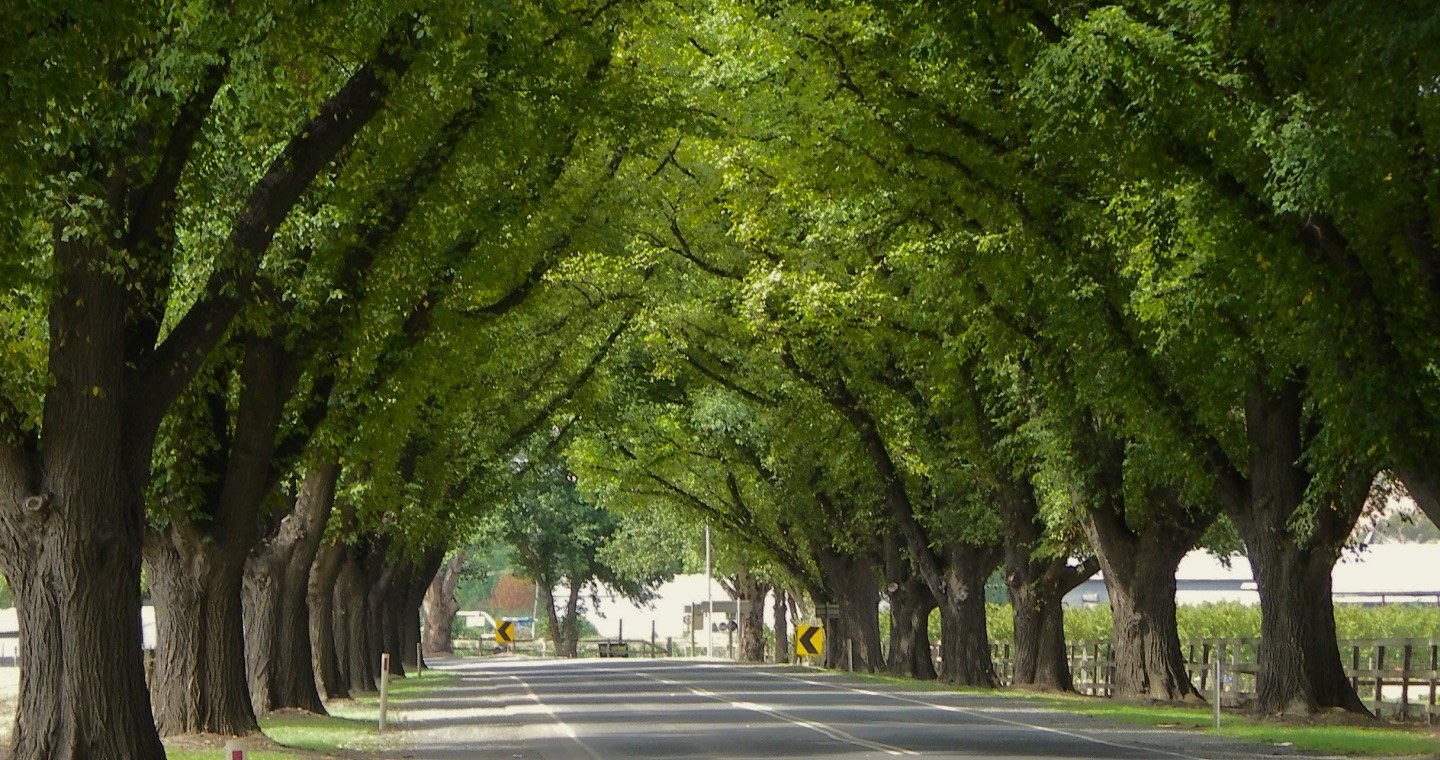

George was born in Bacchus Marsh, VIC in 1895 to Hutchison Gibson Paterson(4) and Eliza Laura Freeman. George had a brother, Arthur, who is also remembered in the Avenue.
George was a clerk when he enlisted in the AIF, 1st Division Signals Company on the 19th of August 1914 - only a few weeks after war had been declared - aged 19½. He had previously served in the Signals Engineers for 14 months. George embarked aboard the HMAT A10 Karroo in October, disembarking some time later in Egypt.


On the 25th of April 1915 George landed at Gallipoli, however two months later he suffered a shrapnel wound to the right ankle and was admitted to the 2nd General Hospital, Cairo, Egypt. In August he embarked from Egypt aboard the Beltana, returning to Australia in October. In February 1916 he returned to duty at the Signals School, Broadmeadows, VIC and a month later re-embarked aboard the HMAT A38 Ulysses with the 10th Reinforcements, 2nd Division Signals Company. At some time around about here he was declared a deserter but this was a mistake and soon cleared up.
George was allotted to the 1st Division Signals Company in Egypt in March 1916 and joined them in France in June. In March 1917 he was promoted to Lance Corporal. He had 10 days leave in England in August before his actions in September during the Battle of Polygon Wood earned him the Military Medal.
During the attack on POLYGON WOOD on September, 20th 1917, L/Cpl. PATERSON was in charge of the work of laying out and jointing on the buried cable route to Brigade forward Station. A Heavy barrage cut the Cables which were laid out ready to go in the Trench when completed, and compelled the working party of 300 men to shelter in the Trench. In spite of this L/Cpl PATERSON immediately organised his party of linesmen and effected repairs on the Cable, with the result that as soon as the barrage lifted the working party were enabled to to complete their work without delay and withdraw to the rear.
Source: Recomendation for the Military Medal

He was promoted to Temporary Corporal in October and Corporal in January 1918. In March 1918 George was admitted to the Royal Engineers, Signals Service Training Centre as a Cadet and was appointed 2nd Lieutenant in mid August. He was with the 1st Division Signals Company, posted to the 1st Australian Field Artillery Brigade as Signals Officer when in late September, his actions at Bellicourt, near St Quentin Canal saw him awarded the Military Cross.
At BELLICOURT on 29th September, 1918 this Officer organised and maintained the whole communications for the RIGHT GROUP ARTILLERY. Throughout the day the 117th AMERICAN REGIMENT and TANK CORPS, as well as the four Brigades of Artillery, used these communications, and as they were practically the only means by which the immense amount of work could be carried on, the greatest credit is due to him in the fact that they did not break down throughout the entire operation. This was due to his untiring energy, courage and devotion to duty throughout the day.
Source: Recomendation for the Military Cross
George was promoted to Lieutenant in November and embarked for home aboard the Tras-os-Montes in April 1919, returning to Australia in May and having his appointment terminated in August.
George died at Balwyn, VIC in 1983, aged 88.
He is listed on the Bacchus Marsh & District Roll of Honour, the Essendon State School Roll of Honor, the Essendon St. Johns Presbyterian Church Roll of Honour and the ANA Roll of Honour, Flemington Branch No. 69.
Tree Position (accuracy ±1 tree) -37.68766588600162, 144.46740030781646





Last updated by lee, Thu, 13 May 2021 15:40:48